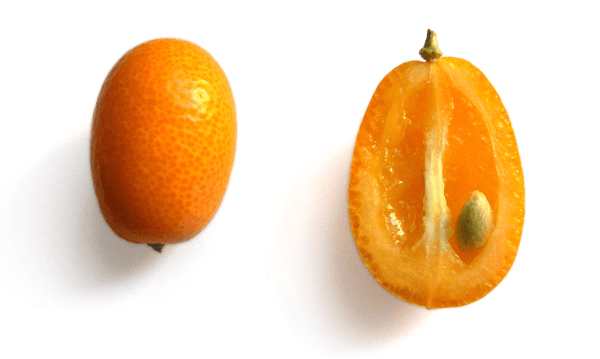For as long as I can remember, my family has always had a kumquat tree growing in the front yard. However, I never knew just how powerful those little fruits are! For those who don’t know, kumquats are winter-spring seasonal citrus fruits, and though they look and taste like any other citrus fruit, they’re unique because you can eat them whole, including the peel.
Image Source: Jeremy Woodhouse/Carl Kravats
While they may be tiny, kumquats sure do pack a punch. The peel is rich in many essential oils, anti-oxidants, and fiber. Like oranges, kumquats are also very rich in vitamin C, a powerful vitamin that helps the body function in various ways including assisting iron absorption, bolstering the immune system, and protecting against cancer by decreasing the amount of free radicals present in the body. Kumquats also have B-complex vitamins such as thiamin, niacin, pyridoxine, folate, and pantothenic acid. These vitamins aid in the metabolism of carbohydrates, protein, and fats, making kumquats little balls of energy.
In addition, kumquats are a modest source of minerals like calcium, phosphorus, potassium, and magnesium, and contain a good amount of potassium, which increases levels of fluids in the body and helps to maintain blood pressure. Eating kumquats can also improve cardiovascular heath because they contain small amounts of Omega 3 and Omega 6. Last but not least, citrus fruit intake is associated with a decreased risk of developing stomach cancer.
Image Source: Flavia Morlachetti
Clearly, it is beneficial to incorporate kumquats into one’s diet, but the fruit, unfortunately, has a very sour flavor that contrasts with the sweet skin. Luckily, if you are anything like me and cannot handle eating them raw, they can still taste delicious in candies, marmalade, toppings for desserts, and even juice cocktails. The possibilities are endless with this little super fruit!
Featured Image Source: Kumquat fruit cross-section










